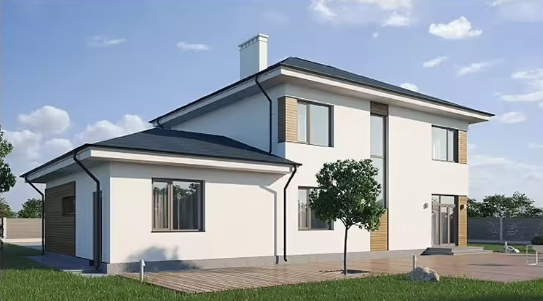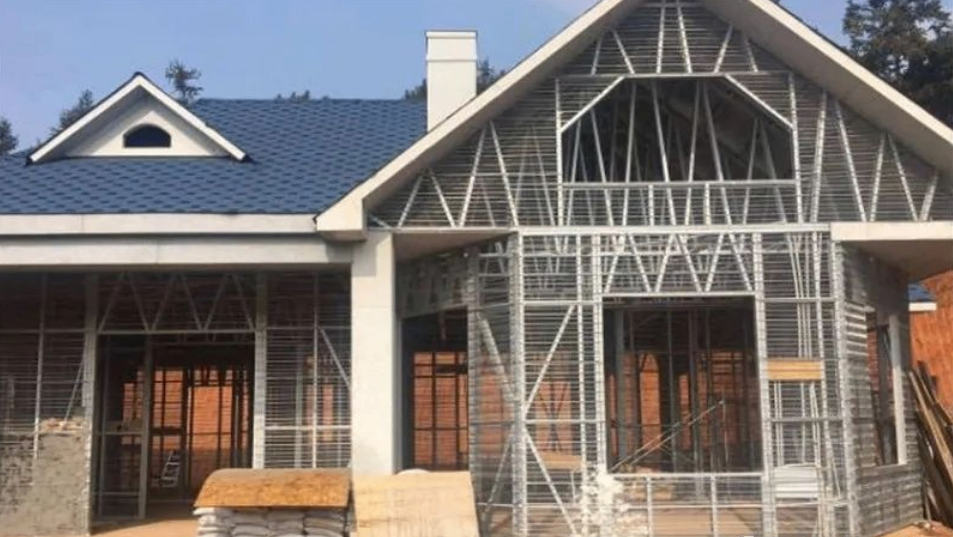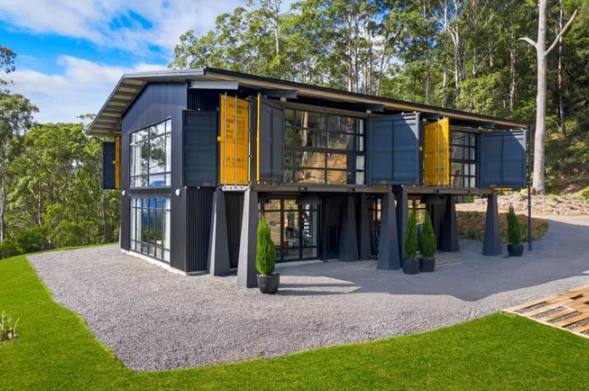
Common problems in container construction
(1) Common specifications, dimensions, and load-bearing capacity of container houses
The net space available for standard container sizes is relatively limited, with low indoor height and narrow and long horizontal space. Therefore, when renovating, adaptive combination design of the container body is usually done, which can shape more types of buildings and create artistic qualities unique to container buildings through the assembly of the container body.
From small single box buildings to large modular buildings consisting of hundreds of containers, the scale varies greatly depending on the needs of the actual project. It can be said that the development standard of container building design lies in the combination of container buildings and the expansion of spatial adaptability.
According to international standards: 20 foot container with a load-bearing capacity of 25T, 40 foot container with a load-bearing capacity of 45T.
(2) Regarding the thickness of the container body
The standard thickness of the side panel of a sea freight container is 1.6mm, and the top panel is 2.0mm Customization of 2.0mm, 1.4mm, 1.2mm, 1.0mm, 0.8mm, etc. can also be made according to cost budget and actual needs.

(3) Materials for Container Building
1. Aluminum alloy
The advantage of container houses made of aluminum alloy materials is that they are lightweight and easy to construct, and their appearance is very beautiful. This type of residential container house has high corrosion resistance and good elasticity, making it exceptionally easy to operate in terms of processing. Container houses built with aluminum alloy also have relatively low processing and repair costs.
2. Fiberglass reinforced plastic
The advantages of container houses built with fiberglass materials are high strength, rigidity, and large content volume. These container houses also have good insulation and chemical corrosion resistance. Moreover, container houses made of fiberglass are relatively easier to clean and repair.
3. Wood
Container houses built with wooden materials have high mechanical strength, strong resistance to mechanical damage, and can withstand huge loads. And this wooden supported container house can also be recycled and reused, effectively saving costs. A good after-sales service director ensures that container houses do not rust and are environmentally friendly. And when it becomes waste, it can also be comprehensively utilized. Easy to construct and provide convenient and effective space for people.
4. Stainless steel
The advantages of using steel materials for construction are strong structure, good water tightness, and high weldability. High rated residential container houses will be constructed using stainless steel. Container houses made of this stainless steel material have beautiful surfaces and diverse possibilities for use, with more outstanding chemical resistance and longer durability than ordinary steel. Moreover, this material has good corrosion resistance and high strength, so using this stainless steel sheet can better achieve the purpose of fire resistance.

(4) The lifespan of container houses
The service life of container mobile houses varies from 2 years to 30 years, depending on the material and maintenance. The service life of container houses is also related to regular maintenance. If the paint on the container house is found to have peeled off, it should be repaired as soon as possible to prevent rust and further corrosion of the materials. This can extend the lifespan of use.
The main material of container houses - corrugated board, plays a decisive role in the service life of container houses. The thickness of the outermost corrugated board, also known as the iron sheet, ranges from 0.7mm to 1mm. The thickness of the surrounding columns is 1.2mm. The crossbeam at the top and bottom is made of 3mm thick channel steel.
Is it safe for a metal house like a container to face lightning of 3 million volts, which occurs approximately 40 times per second on Earth?
According to Michael Faraday's theory, when encountering thunderstorms in enclosed metal spaces, metal box shaped buildings are the safest places. When charges are directed towards the enclosed metal container, they will flow uniformly around it without passing through the container, similar to on an airplane.
